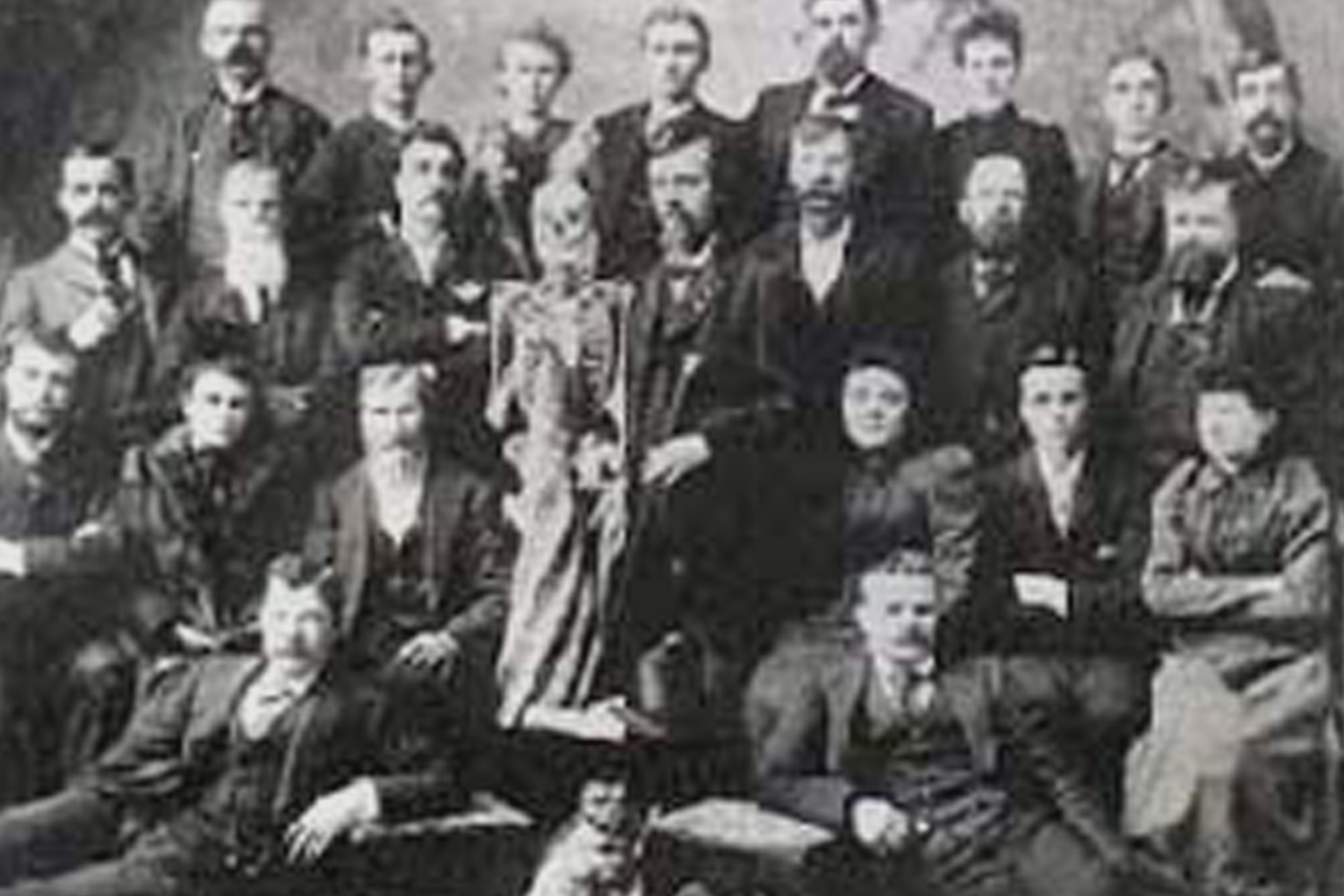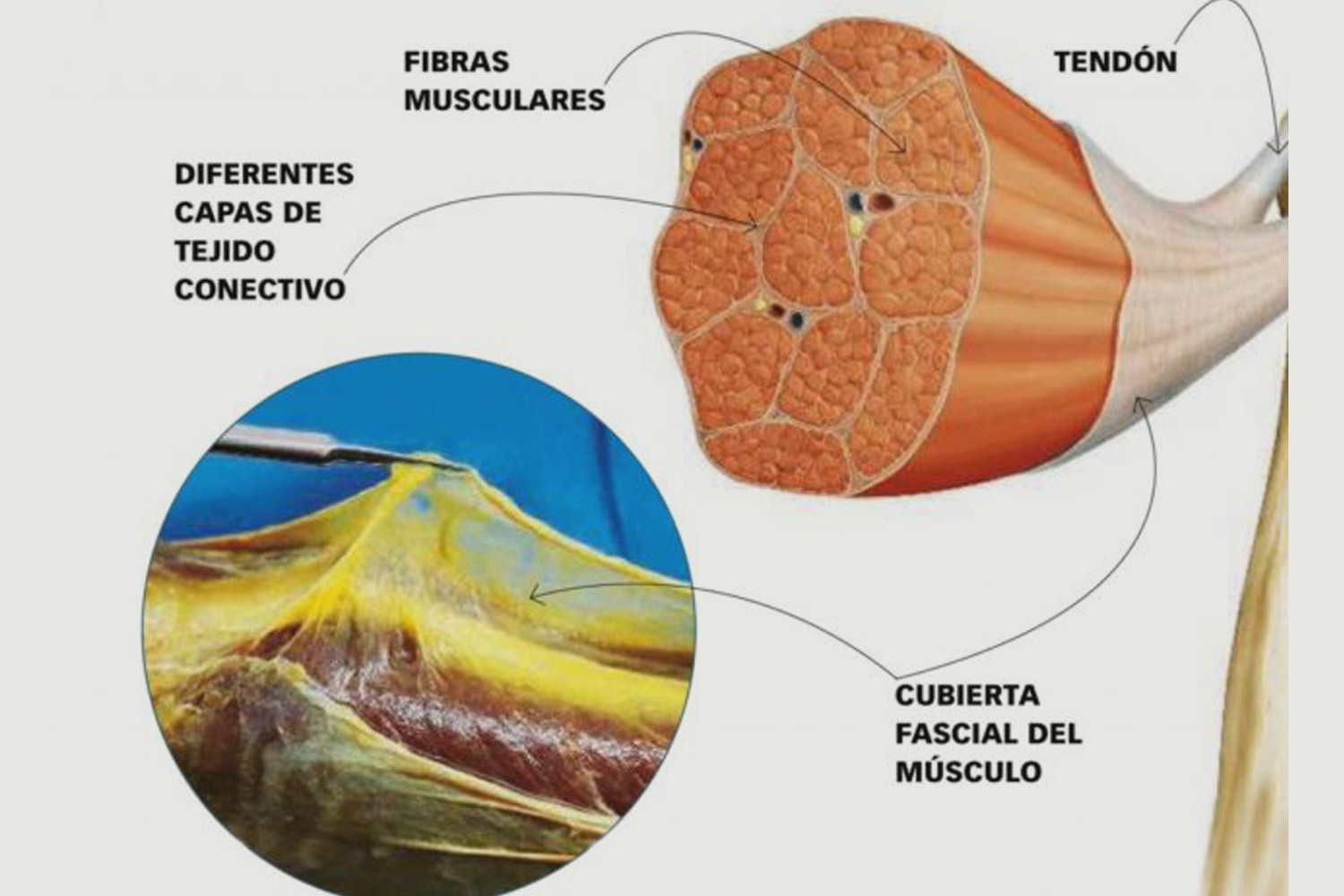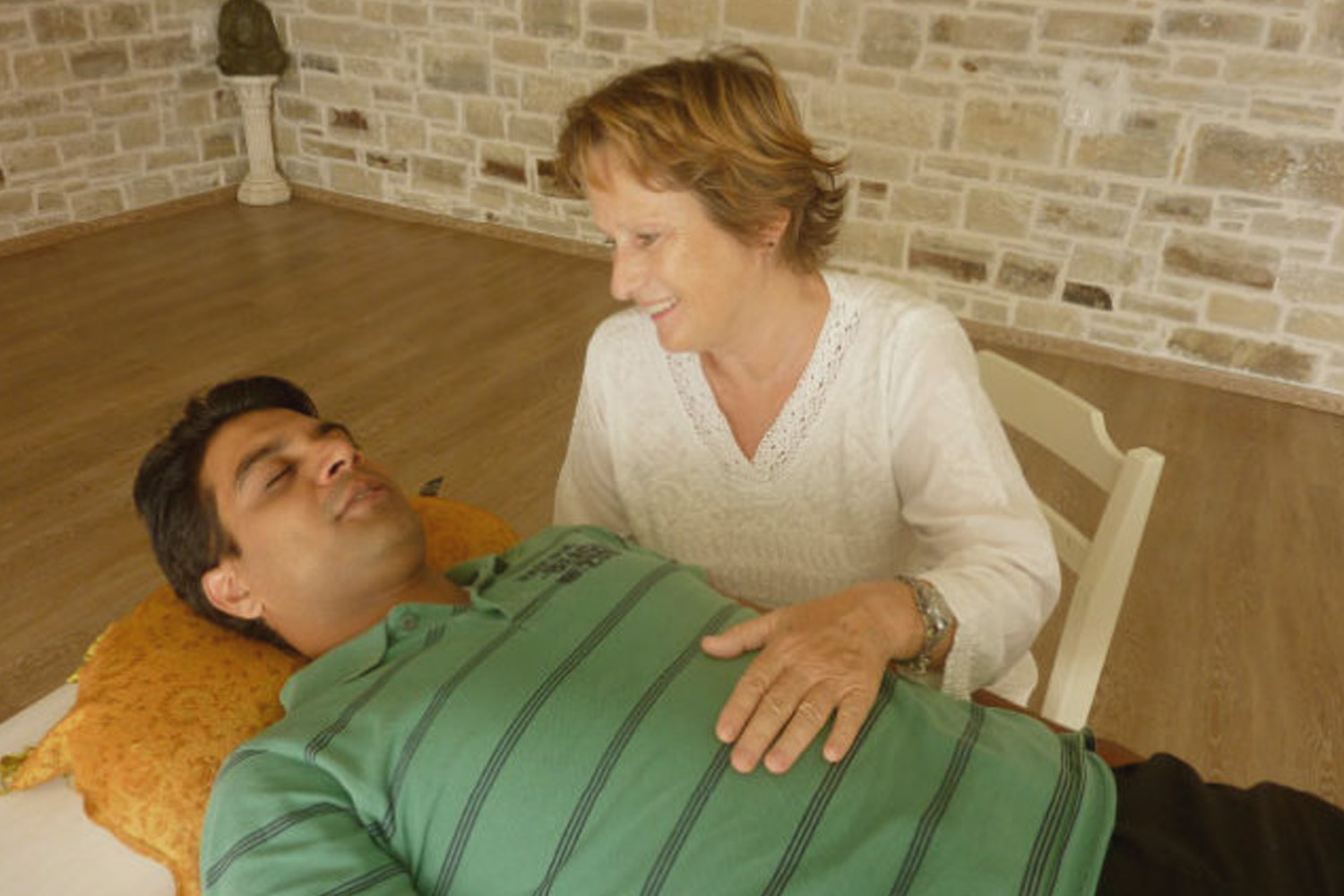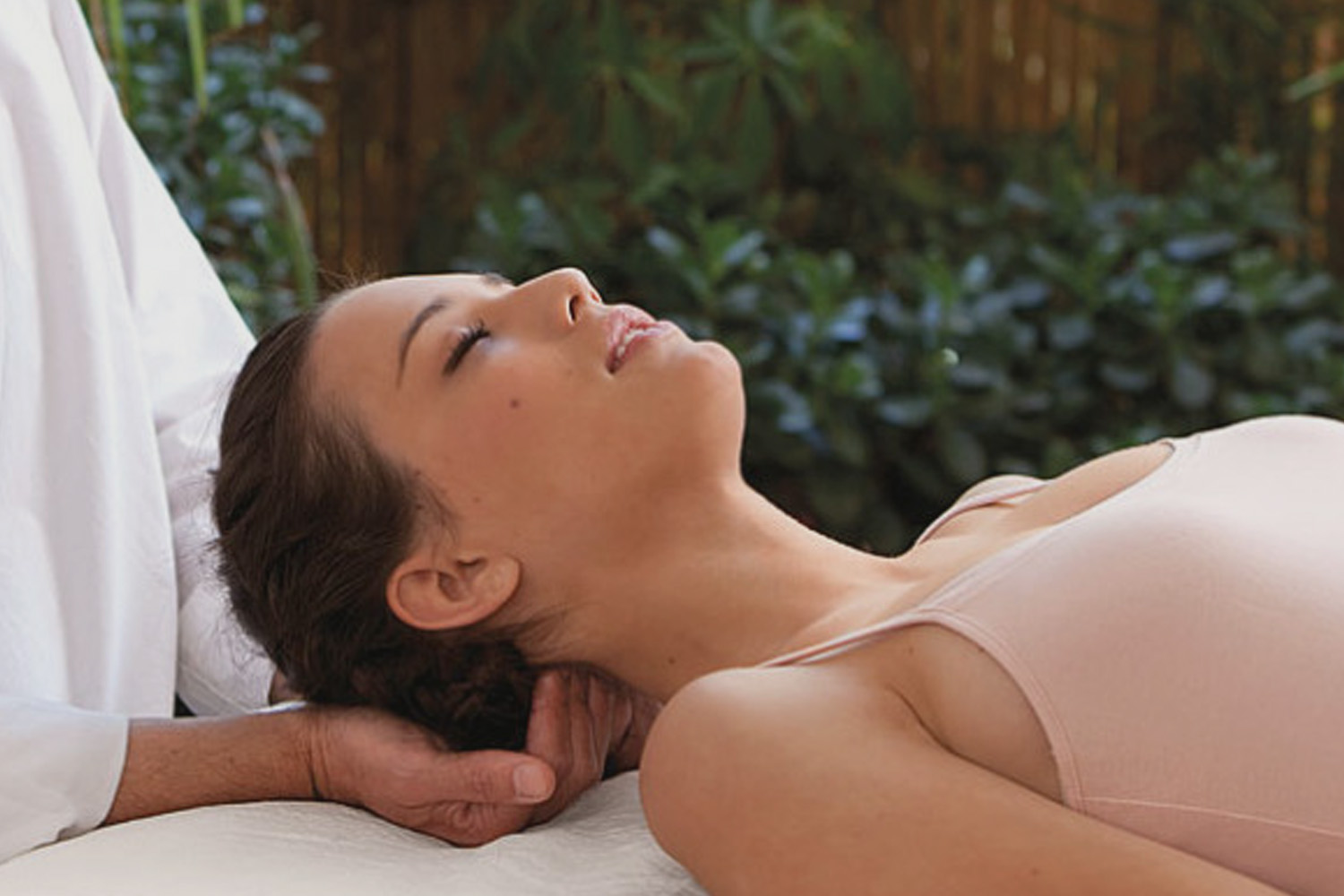Therapies
Craniosacral Therapy
Craniosacral Therapy treats physical and emotional problems and, most importantly, addresses the underlying causes.
Craniosacral Therapy is successfully applied in a variety of cases, including:
- Back pain, muscle tension
- Joint and structural problems
- Digestive problems: heartburn, constipation, etc.
- Respiratory problems
- Sinusitis and facial neuralgia
- After-effects of accidents
- Eye treatment
- Tinting in the ears
- Stress, anxiety, fatigue Chronic
- Lack of concentration
- Sleep problems
- Emotional problems
- Treatment related to the mouth, TMJ, bruxism, etc.
- Psychosomatic rebalancing and well-being
Craniosacral Therapy
The therapy not only treats physical trauma but also emotional states, whether stress, excitement, repression, etc., which are reflected in characteristic physical and emotional patterns and postures. When tension is released, the energy previously used to maintain contraction is also released.
The method applies various manipulations or techniques, scientifically developed over the years, that utilize the bones of the skull, neck, vertebrae, base of the spine, and soft tissue throughout the body as a way to assess, release, and balance the body.
A Little History
The first to discover and directly study the craniosacral rhythm at the end of the last century was Dr. W. Sutherland, a disciple of the father of osteopathy, Dr. Taylor Still (1828-1917).
We are all familiar with the rhythm of breathing and heartbeat, but not with the craniosacral rhythm. By placing their hands on different parts of the body, the craniosacral therapist has learned to feel and interpret this rhythm, which is more subtle and at the core of the body. It is the reason why the bones of the head and sacrum experience slight movement and acquire a certain flexibility, allowing for an expansion-contraction rhythm that affects all the body’s organs and tissues. When certain regions or parts of the body do not move rhythmically in response to the flexion-extension rhythm of the system (the movement is extremely subtle), we can identify these areas as problem areas. Since possible dysfunctions affect rhythm, which is located at the center of our body and has a very important influence on various bodily functions.


Fascia
Fascia, or soft connective tissue, plays an important role. It is attached to the bones that make up the craniosacral system and extends throughout the body, enveloping and protecting every structure, from the cell to the organ.
When the fascia is distorted, it affects the system, and vice versa; dysfunction of the system has a profound impact on the fascia. Sometimes we don’t know what the conflict is, but we know where it is located in the body, and this is a very important principle for solving it. Another benefit of this body therapy is increasing our energy level and relieving stress.
Summary
Craniosacral Therapy is a gentle and deep bodywork that restores psychosomatic balance, integrating the different levels: body, mind, and emotions. The craniosacral system is closely related to the nervous, musculoskeletal, vascular, endocrine, and respiratory systems.
In Craniosacral Therapy, we use a gentle yet deep touch and can be applied to adults, children, and even infants. As a comprehensive bodywork, the session is effective in numerous situations. If there is no specific problem, it helps eliminate tensions and blockages in the body and mind, allowing us to live life more fully, increasing bodily vitality.
Regression icon
Remember that complementary therapies do not replace or interfere with medical or psychological treatment.


“When back pain appears, relieving the pain is not enough; we must restore, and above all, improve, the structural and emotional mechanics so that the crisis does not recur.”
“The osteopath’s tools are his hands, well-trained and mindful. With them, he palpates, listens, and works in a non-aggressive manner, giving the body time to integrate.”
“Our emotional states, whether stress, excitement, repression, etc., have a negative reflection on our body. We are a unity of body, mind, and emotions.”
“The origin of the disorder is often far from the painful area. A poorly treated ankle sprain can be the cause of back pain much later.”
